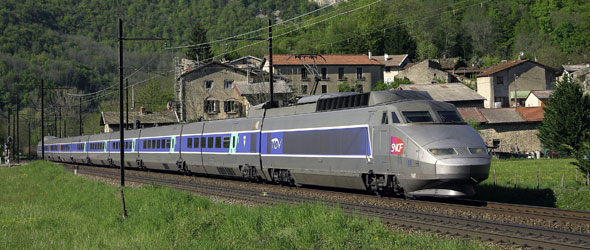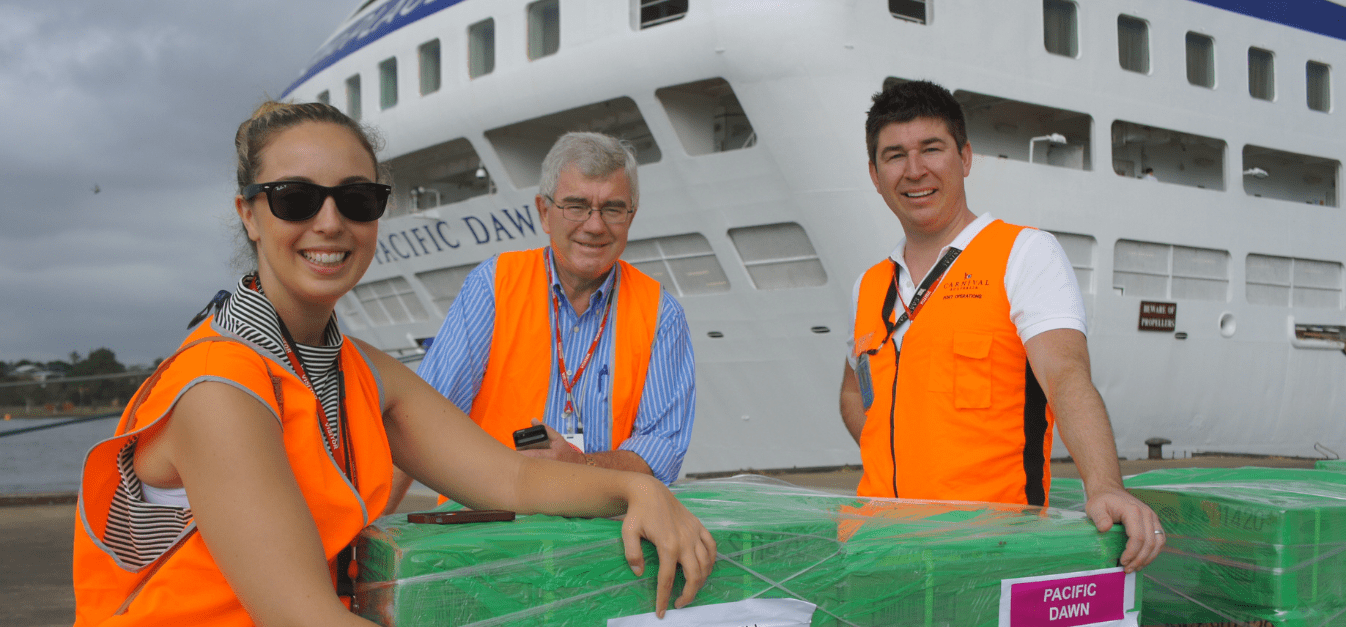Why endure stressful flights and road transits when you can fast-track it to the ship by train?
As you sink into the cushioned comfort of your first-class seat, plug in your iPod and gaze through panoramic windows upon England’s ‘green and pleasant land’, thank the patron saint of travellers that you chose to get to port by rail.
Bubbly in hand, you get to drink in the bucolic landscape while pitying those passengers gridlocked on the M3, watching the taxi metre tick over as they count down the minutes to embarkation.
‘Harbour cities’ such as Sydney, Auckland and Hong Kong have cruise-ship terminals at their hearts. Others – including London, Rome and Bangkok – lie an hour or two’s drive from their seaports.
Once you factor in airport transits, check-in, security and baggage-claim queues, flying’s clearly impractical for these short hauls, while congested traffic can make getting to port by road slow, stressful and costly. A freeway jam could even mean you miss the boat.
By comparison, time-honoured train transport is as stylish and reliable as a Cate Blanchett Oscars gown. What better way to get in the cruising mood?
London to Southampton, England
London’s legendary ocean-liner gateway and the UK’s leading seaport, Southampton on England’s south coast has been a major embarkation point for world voyages, Transatlantic crossings and European cruises for more than a century. Today, it’s the homeport of Cunard’s Queen Mary 2 and hosts several operators in the burgeoning Euro-cruise market.
By metered cab, it takes nearly two hours and costs around A$400 to reach London from Southampton (or vice-versa) via the decidedly-less-than-scenic M3. Coaches are cheaper but the view’s the same – not to mention snarled traffic, which plays havoc with ETAs.
By contrast, the express-train journey on South West Rail carves up the English countryside between London’s Kings Cross and Waterloo stations and Southampton 100-plus times a day. Skirting the south coast, it snakes through seaside towns Swansea and Portsmouth, depositing you 90-odd minutes later at Southampton Central, a short cab-ride from port.
Waterloo Station, a vast transport hub on London’s South Bank, incorporates bars, shops and restaurants as well as Eurostar services to Brussels and Paris, ideal if you’re connecting with a Continental river cruise. And the Southern rail service between Southampton and London’s historic Victoria Station stops at Gatwick airport station en route.
Rome to Civitavecchia (Italy)
Chances are your cruise ship will dock at the Port of Civitavecchia, west of Rome. The town station’s handily close: catch a shuttle from the dock to the port entrance, then take a cab four blocks (or hotfoot it) to the platform. From here, express trains depart several times an hour bound for Roma Termini, zipping through the Eternal City’s suburbs in a blur of terracotta, greenery and piazzas to arrive in under an hour.
Laem Chabang to Bangkok (Thailand)
The port of Laem Chabang flanks the Gulf of Thailand, 90 minutes south-east of Bangkok. While there’s no direct rail service between the two, one of the quickest, cheapest ways to get from A to B is by taking one of the frequent air-conditioned buses that depart the port for Bangkok’s Eastern Bus Terminal, Ekkanai, costing around A$6. Ask to alight at On Nut, where you can hop on the BTS Skytrain for a fast, smooth ride into downtown Bangkok.
Brought to you by Rail Plus.









Hello there! I just would like to give you a huge thumbs up for your
excellent information you have right here on this post.
I am returning to your blog for more soon.